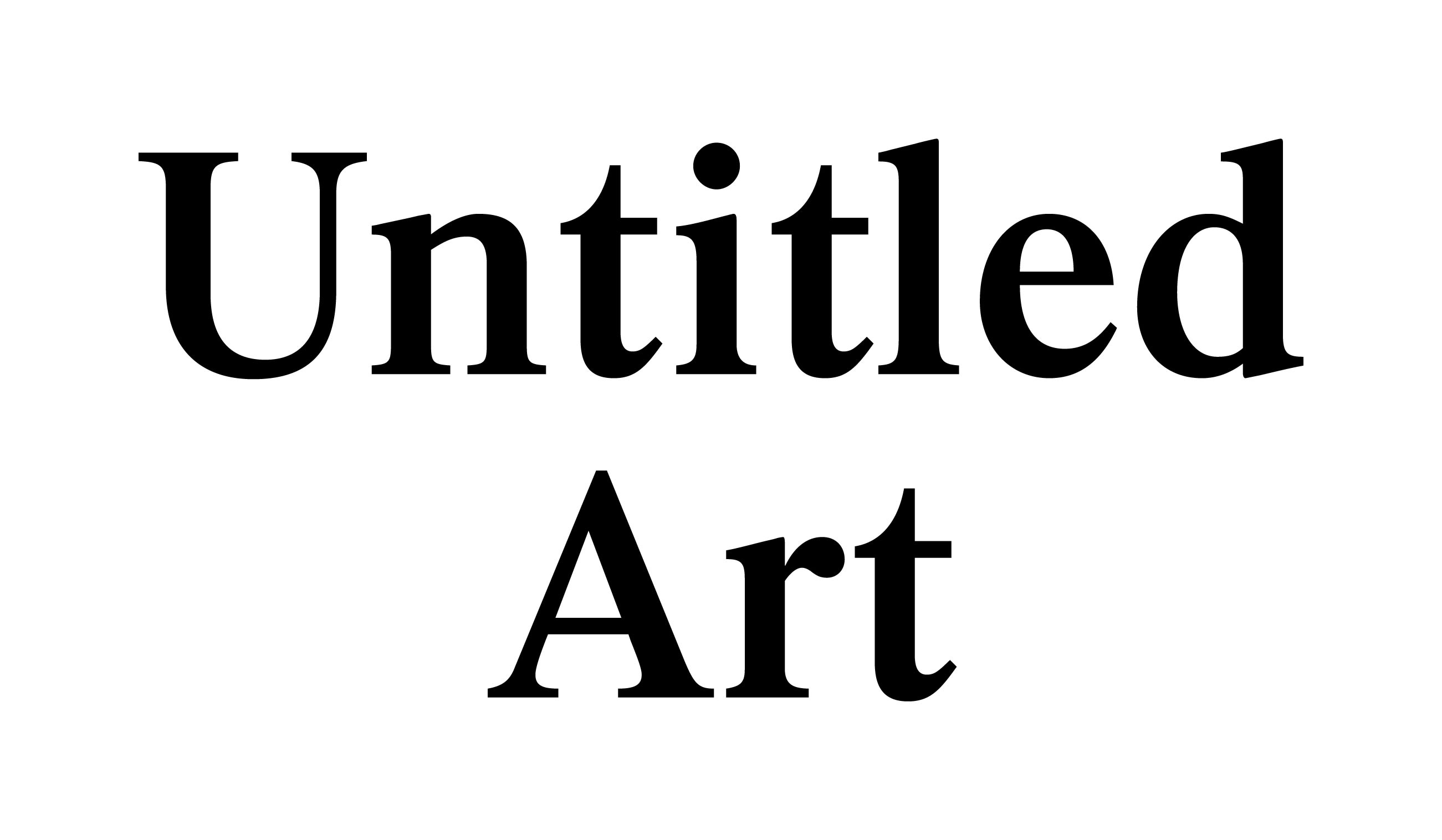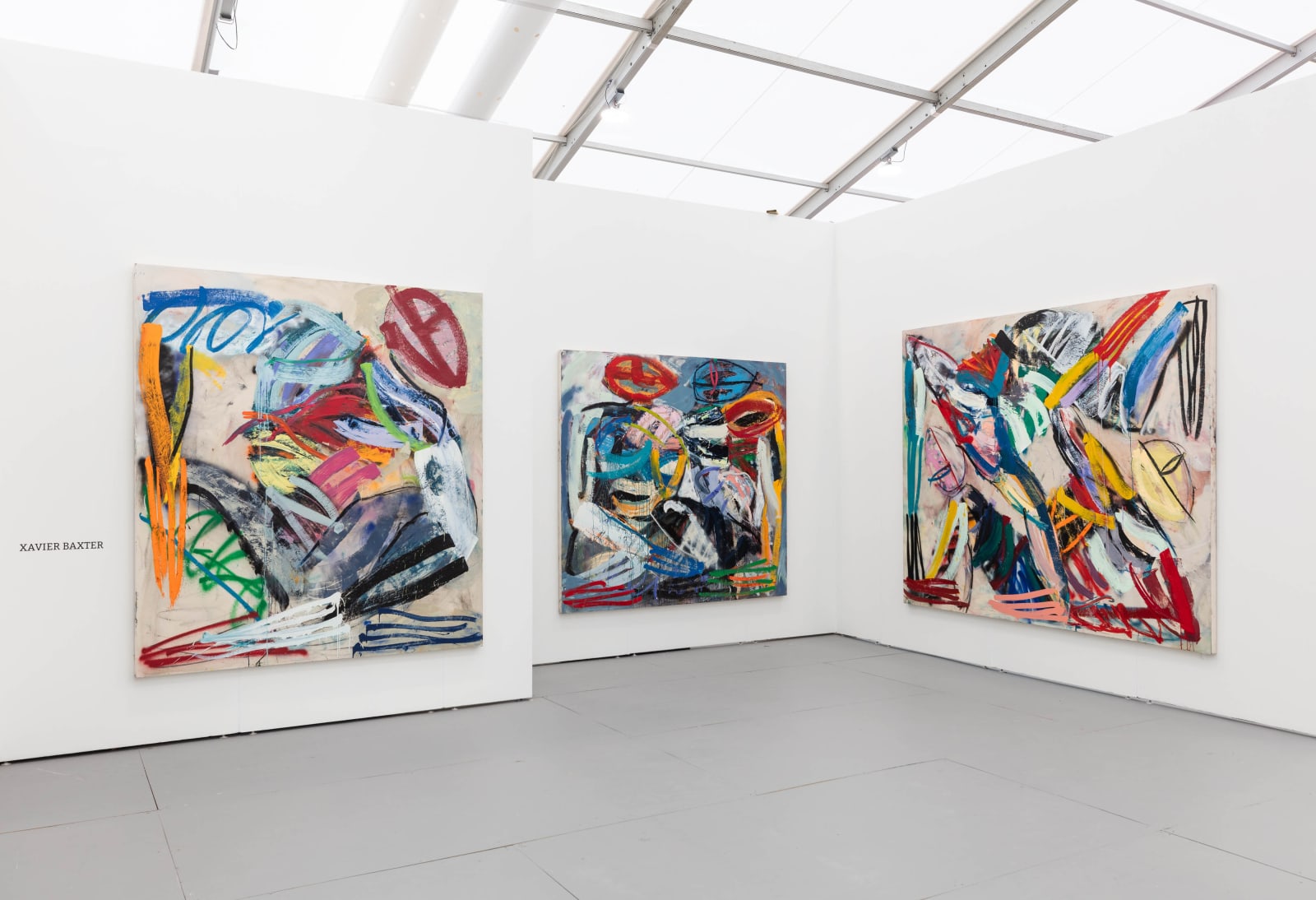[MIAMI] UNTITLED ART: XAVIER BAXTER
 B46
B46
Xavier Baxter’s canvases display abstract, iconic figures conjured through vigorous, textural paint marks – a singular approach to figuration, unique to the artist’s visual rhetoric and his fascination with the swirling energies of expression. Tangled, anthropomorphic subjects transform across his paintings into pure, mesmerizing movements. Their knotted extremities seem tied to a strange centrifugal force, pulling arms, heads, and legs inwards, as figures attempt to defy the boundaries of the canvas. Cumulative depth ensures they dominate the composition, simultaneously grounding and suspending them in space.
Baxter’s approach to painting begins by mark marking which evolves into line drawings of human forms and body parts, squeezed into the rectangular space of the canvas. These figures swiftly mutate into channels for an obsessive exploration of paint potentials. He encompasses all the intensities, materials, and mediums – the thickest and the thinnest lines, smashing strokes and gentle touches, spray paints, pigment sticks and chalks, scrapers, pallet knives, various sized brushes, along with hand smeared marks. The initial actions are continuously reworked until they exist merely as dynamic gestural postures. Many of these figurative poses are inspired by the old masters – Delacroix, Rubens, Titian. When observed closely, they fade away, merging into the bold colors. In a reversal of the conventional layering of a composition, Baxter’s figures precede and even dictate the environment that they come to inhabit.
Baxter has described his position of engagement with his works as “innocently free”: an experience of joy he traces back to the beauty of his childhood drawings. The intersection of his figures challenges the imagined and prescribed constraints of identity. Vibrant magentas, blues, greens, and yellows serve not as a means of describing reality, but as a way of actively resisting the viewer’s instinct to assign established classifications to the figures, they are void of gender and race.
“My wish is to create a figure who is unique, my own, and to conjure an icon which I consider to be mine”, states Baxter.
Fixed only by the limits of Baxter’s arm span, figures merge, overlap, squirm, and collapse through movements that enable multiple readings. New elements, marks, and color combinations appear with each glance. We, as viewers, craft our own narratives, trapped into the abundance of Baxter’s highly emotional material. He hits us hard from the distance and brings us nearer into his personal ordeal of color and feelings.



